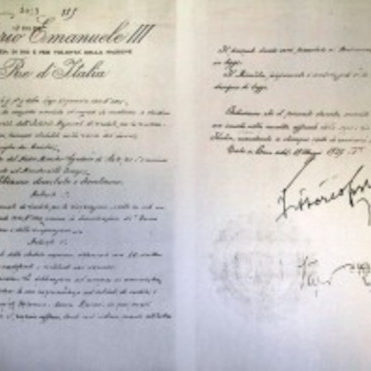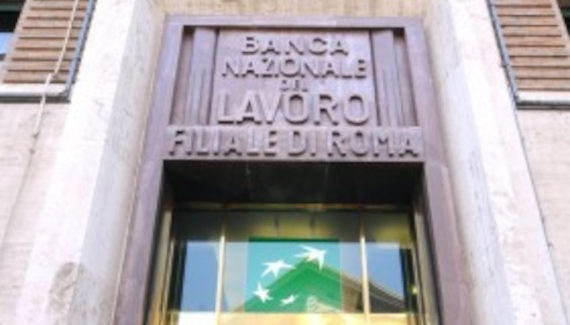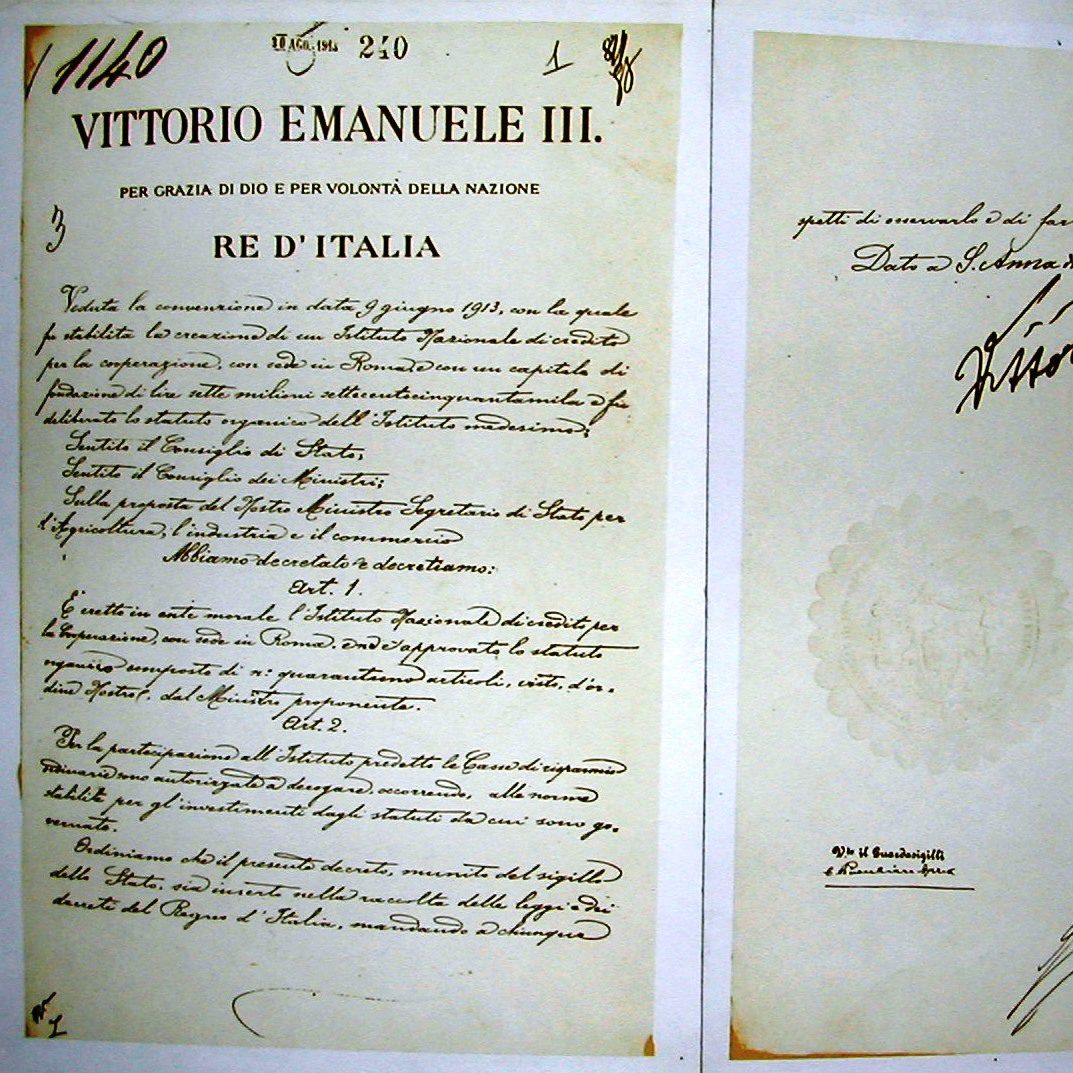Via Veneto 119 and 1930s Italy

The BNL headquarters in the centre of Rome, situated between the Trevi Fountain and the Villa Borghese gardens, is an outstanding example of Italian 1930s architecture.
Arturo Osio, General Manager of the Banca Nazionale del Lavoro (BNL), was the real force behind the plan to build a new headquarters for the bank. Construction began in 1933, and the building was inaugurated in 1937. The architect, Marcello Piacentini, who is regarded as the father of Constructive Realism, worked on some of the greatest construction projects in Rome, including the restoration of the Opera House and the opening up of Via della Conciliazione to create a new vista towards St Peter’s Basilica
A typical example of 1930s architecture
The plans for the new BNL headquarters were modelled on the newly completed Ministero delle Corporazioni, a huge rectangular building whose strict, clean lines married classical and modernist styles. Piacentini himself made the decisions on the decorative installations, including the lamps in the President’s office which are still on view today. It was also his idea to call upon the fresco artists Achille Funi and Amerigo Bartoli Natinguerra.
This building symbolised the strength and sobriety of a modern bank serving the real economy, and it became the distinctive signature of the BNL. The Via Veneto facade was subsequently repeated on both newly-opened and refurbished branches.
Showcasing art collections
BNL has in its possession a magnificent art collection. Some of its outstanding paintings and other pieces – by Canaletto, Lorenzo Lotto and Jean Baptiste Camille Corot – are exhibited in the Gallery of Honour at the Bank’s headquarters.
The Boardroom displays the ‘50 Painters for Rome’ collection commissioned in honour of the Italian capital city between 1946 and 1948 by Cesare Zavattini from renowned artists such as De Chirico, Donghi, Mafai and Guttuso and from other young accomplished artists.
In 2013, to celebrate its one hundredth anniversary, BNL reiterated its strong commitment to arts and culture by holding a photography competition and exhibition of art works entitled ‘The Sea is my Land, Artists from the Mediterranean’, which was open to all artists from countries bordering the Mediterranean.

Go further
Flip through the brochure “Via Veneto, 119” of the collection “BNP Paribas’ landmark buildings”









